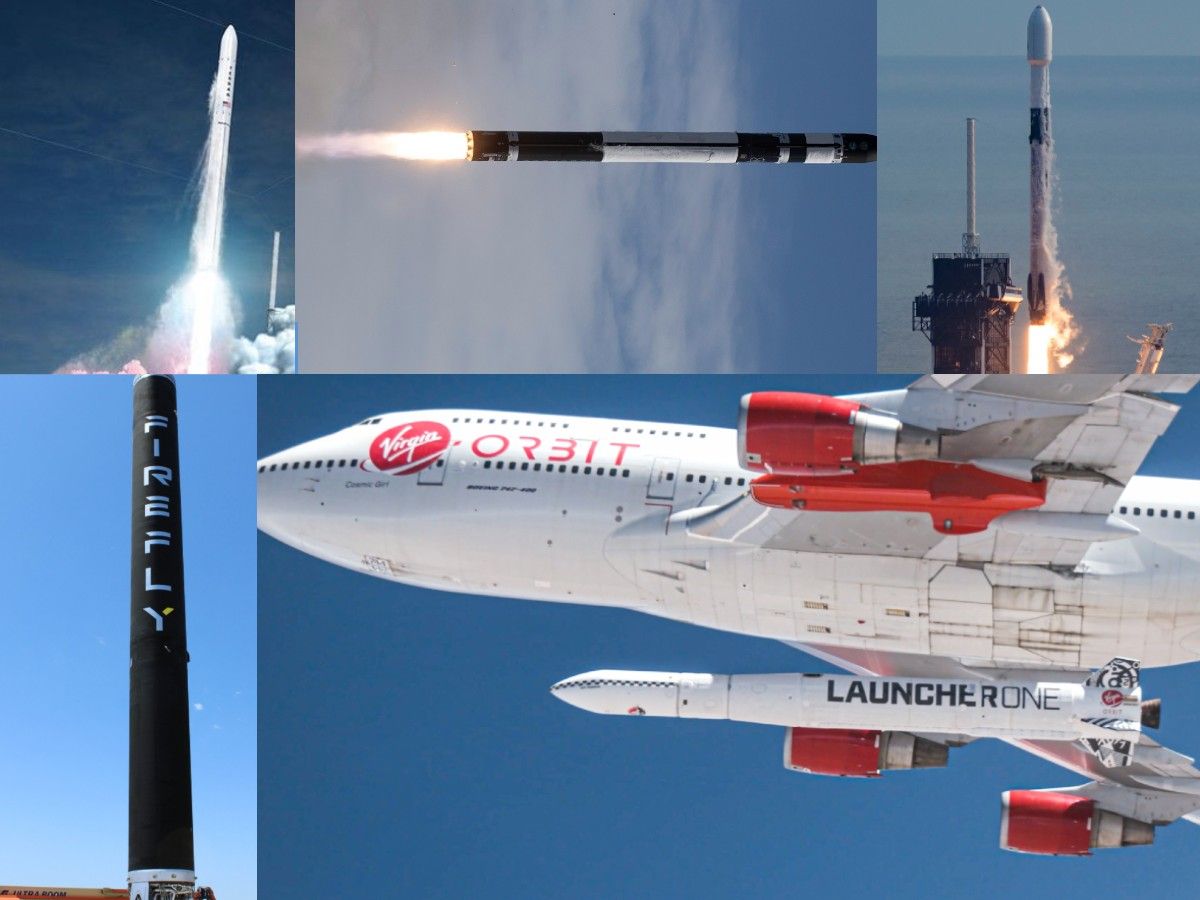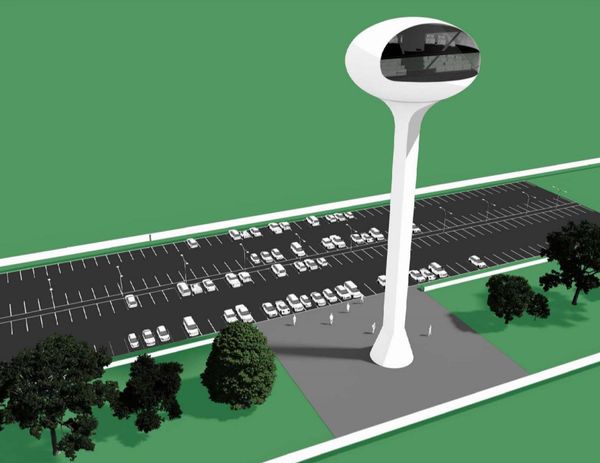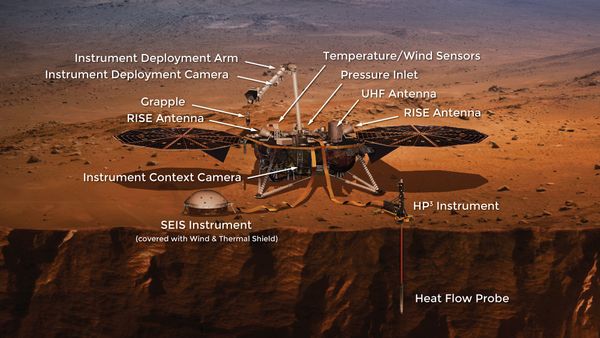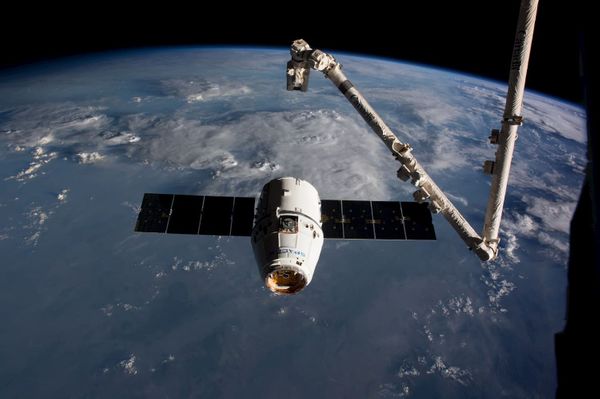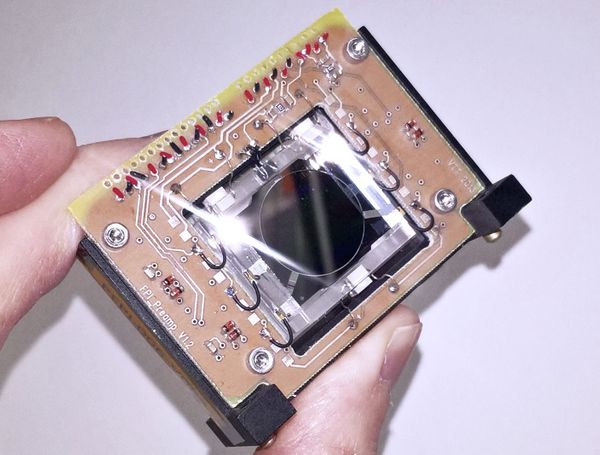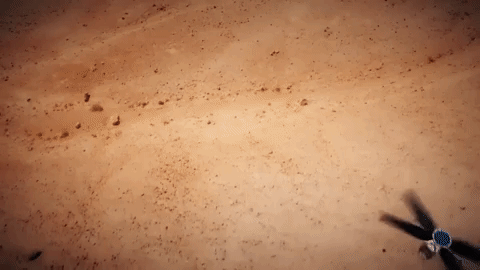The past few years have seen an explosion is commercial companies designing and building new kinds of rockets: dedicated small launchers. Private investment in these companies has reached new heights under the promise of a new untapped market. However, as these launchers approach commercial service, the question becomes how competitive they can be with each other and with established players.
Below we dive into 5 companies and their launchers. Virgin Orbit's LauncherOne, Firefly's Alpha, and Relativity Space's Terran 1 have yet to begin commercial service. Rocket Lab's Electron and SpaceX's rideshare service both have conducted commercial service.
LauncherOne Takes Flight
“Looks like the blue skies went to black!” We are overjoyed to share this new video of our Launch Demo 2 flight. The adrenaline is still flowing after we aced this flight and delivered satellites for nine different @NASA and university teams exactly to their target orbit. pic.twitter.com/nVX21hXywi
— Virgin Orbit (@Virgin_Orbit) January 18, 2021
On January 17th, Virgin Orbit successfully launched its LauncherOne rocket off the coast of California. Hoisted aboard its carrier aircraft, Cosmic Girl, the rocket dropped from the modified Boeing 747 and flew into orbit. This successful flight follows a disappointing first fight In May, 2020, which failed shortly after engine ignition.
LauncherOne can lift up to 1,000 kg to Low Earth Orbit (LEO) but its kerosine-oxygen second stage doesn't pack a huge punch. Its payload to Sun-Synchronous Orbit (SSO) is just 300 kg.
Firefly Alpha Gets a Second Chance
Today we performed a test of the Alpha flight first stage. The four Reaver engines performed 35 seconds of thrust vector control maneuvers, challenging the flame deflectors to constrain all that Reaver power! Today's test was a major step in Firefly's march to first flight. pic.twitter.com/J8WMsXg4Mw
— Firefly Aerospace (@Firefly_Space) September 20, 2020
Firefly Aerospace has made great progress since its bankruptcy in March 2017. Its launch vehicle Firefly Alpha has been undergoing testing and its first flight is scheduled for early 2021.
Alpha is designed to launch 1,000 kg to LEO and 600 kg to SSO. The carbon-composite frame of the second stage gives better SSO performance than LauncherOne despite a similar size and fuel type.
Going Into Space With Stargate and Terran 1
We’re keeping the momentum strong in #2021 with hotfire testing of our development second stage!
— Relativity Space (@relativityspace) January 21, 2021
Up next: Fully-integrated stage testing of the orbital flight article, to kick off later this year! #RelativitySpace #Aerospace #Propulsion #Manufacturing pic.twitter.com/SQM84p41EL
Relativity Space is approaching rocket manufacturing differently leveraging 3D printing technology with its Stargate system. Stargate is "the world's largest metal 3D printer" capable of printing entire rocket stages as a single piece. Combined with their 3D printed engine technology, Relatively says its launch vehicle, Terran 1, is made up of just 730 unique parts.
Terran 1 uses liquid oxygen and liquid natural gas for propellants, resulting in a vehicle capable of 1,250 kg to LEO and 900 kg to SSO, some of the highest numbers in this list. Coupled with a launch price of $12 million dollars, it is also one of the most competitive.
Electron advanced towards reusability
Before and after the journey to space 🚀 pic.twitter.com/cneqOI7t1v
— Rocket Lab (@RocketLab) November 23, 2020
Rocket Lab has already entered commercial service with its Electron launch vehicle. Electron had flown 11 successful missions until a failure in July of 2020. Rocket Lab was able to recover quickly, returning to flight just two months later and following up with 5 more successes.
Rocket Lab made progress towards reusability, successfully landing their 1st stage softly into the ocean using parachutes on their Return to Sender mission last November. While competitor SpaceX cites cost reduction as one of the benefits of reusability, Rocket Lab believes reusability is the key to solving their production bottleneck. Rocket Lab CEO Peter Beck told CNBC that "Even if we recover a stage once and reuse it once, we’ve doubled our production rate, essentially,”.
Rocket Lab's Electron has the lowest payload to LEO on this list, capable of lifting just 300 kg. It can manage 200 kg to SSO, partially relying on its unique electric pump design, which uses battery modules that are discharged and shed during flight. Rocket Lab also designed its own 3rd stage Photon, which can act as its own satellite and transfer stage for destinations beyond LEO.
SpaceX dominates on volume and price
Transporter-1 pic.twitter.com/MmO9Jj5W4a
— Ben Cooper (@LaunchPhoto) January 23, 2021
SpaceX had abandoned the small launcher market. SpaceX made history in 2008 when it became the first private company to launch a rocket into orbit with Falcon 1. Falcon 1 launched 5 times between 2006 and 2009, with two successes before it was retired. SpaceX moved on to its much larger Falcon 9 vehicle, and even shuffled customers for Falcon 1 onto Falcon 9.
After many performance improvements and modifications into a partially reusable launch vehicle, SpaceX has re-entered the market with its Rideshare program. Announced in August 2019, the program leverages the natural frequency and demand of another SpaceX project, Starlink. SpaceX builds and launches its own satellites for the constellation, which has taken a massive capital investment and has only started generating revenue with the Better than Nothing beta program.
Rideshare flights provide the opportunity to generate some revenue to SpaceX by selling space on Starlink flights. SpaceX can reduce the number of satellites they launch from the usual 60 to accommodate various payloads. The program also has a simple pricing structure: $1 million for 200kg of payload, and an additional $5k/kg thereafter, bookable online via credit card.
The first dedicated launch of the rideshare program launched January 24th and deployed a record 143 satellites including 133 commercial and government satellites and 10 Starlink satellites destined for SSO.
What small launchers will survive in 2021 and beyond?
As these rockets begin flight testing and commercial operations, the focus must shift to the value and revenue generated by them compared to their costs. Historically, the market for launching satellites into orbit has remained relatively inelastic due to price. However, two things are changing that. The miniaturization of electronics and satellite hardware in general has given rise to the CubeSat and turned small satellites into viable platforms to make money in space. In a related development, satellite makers have begun designing ambitious constellations of satellites made up of hundreds or thousands of individual satellites working together. OneWeb's constellation is an order of magnitude larger than what has come before (600 total satellites) and SpaceX's Starlink network is two orders of magnitude larger (4,000-12,000)!
From a price perspective, SpaceX's rideshare product delivers almost unbeatable prices. For companies that can launch satellites large enough (200kg or greater), the price and regular schedule are compelling. However, for CubeSat operators, they need to go through a 3rd party aggregator to group 1.3 kg satellites together.
But the most compelling argument for small satellite launchers isn't price, its having a dedicated ride to send a satellite where it needs to go on time. Rocket Lab has been making improvements to its production and flight rate and is the current market leader. Firefly Alpha and LauncherOne both offer slightly improved maximum payloads to SSO compared to Electron, and Firefly Alpha even beats Electron on cost. Terran 1 is in a league of its own, with the second lowest launch costs and the largest dedicated payload capacity to LEO and SSO. One of the potential challenges it faces is filling up its total capacity on each launch.
Virgin Orbit's LauncherOne offers a unique capability: air launch. Launching a rocket from an airplane is challenging, and the primary advantage is not obvious. Air-launch doesn't necessarily increase payload to orbit, but it does mean the rocket can be flown to any orbital trajectory and avoid inclement weather. This could bring in customers that need reliable rapid launch capability and are willing to pay a premium.
| Launch Vehicle | Price ($ millions USD) | Payload to LEO (kg) | Price/kg LEO ($ USD) | Payload to SSO 500km (kg) | Price/kg SSO ($ USD) |
|---|---|---|---|---|---|
| LauncherOne | 12 | 1,000 | 12,000 | 300 | 40,000 |
| Electron | 7.5 | 300 | 25,000 | 200 | 37,500 |
| Firefly Alpha | 15 | 1,000 | 15,000 | 600 | 25,000 |
| Terran 1 | 12 | 1,250 | 9,600 | 900 | 13,333 |
| SpaceX Rideshare | 1 | Unlisted | Unknown | 200 | 5,000 |
Sources:
https://www.wired.com/story/virgin-orbit-just-launched-a-rocket-from-a-747/
https://spacenews.com/building-the-model-t-of-rockets/
https://www.relativityspace.com/terran
https://www.spacex.com/rideshare/ http://www.spacelaunchreport.com/launcherone.html https://www.forbes.com/sites/elizabethhowell1/2019/02/22/how-firefly-aerospace-came-back-from-the-dead/?sh=35355f1425ee https://www.businessinsider.com/relativity-space-3d-printed-rockets-mars-2018-10

